Home>Fans, Heaters & Lighting>Why Is My Space Heater Not Working?
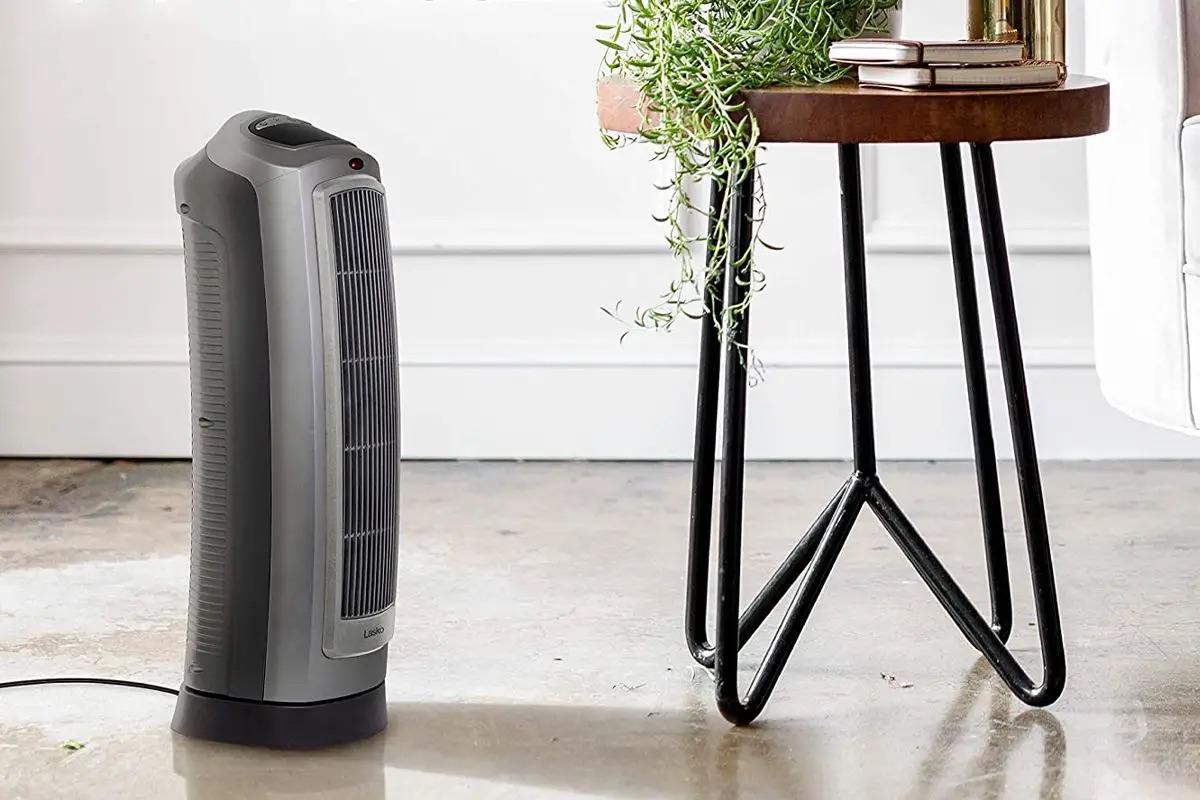

Fans, Heaters & Lighting
Why Is My Space Heater Not Working?
Modified: October 18, 2024
Discover articles on troubleshooting common issues with space heaters and find out why your space heater is not working. Resolve heating problems with expert tips and advice.
(Many of the links in this article redirect to a specific reviewed product. Your purchase of these products through affiliate links helps to generate commission for Storables.com, at no extra cost. Learn more)
Introduction
Space heaters are a popular and convenient way to stay warm during the colder months. Whether you use them to heat a specific room or supplement your central heating system, space heaters can be a lifesaver when the temperatures drop. However, there may come a time when your space heater is not working as expected.
When your space heater fails to provide the warmth and comfort you rely on, it can be frustrating. Understanding the common reasons behind a malfunctioning space heater can help you troubleshoot the issue and potentially fix it yourself. In this article, we will explore some of the most common causes of a space heater not working and provide tips on how to address each problem.
Key Takeaways:
- Troubleshoot common space heater issues like power source problems, thermostat settings, and safety feature activation to restore functionality. Regular maintenance and professional assistance can ensure safe and efficient heating.
- Regularly clean or replace air filters, check for blockages, and evaluate electrical connections to maintain optimal space heater performance. When in doubt, seek professional assistance for complex issues and repairs.
Read more: Why My Water Heater Is Not Working
Common reasons for a malfunctioning space heater
There can be several reasons why your space heater is not functioning properly. Identifying the root cause will help you determine the necessary steps to fix the problem. Here are some common reasons for a malfunctioning space heater:
- Power source issues: One of the most common reasons why a space heater may not work is due to power source issues. Ensure that the heater is properly plugged into a functioning electrical outlet. Additionally, check if there are any tripped circuit breakers or blown fuses that may be preventing the heater from receiving power.
- Thermostat settings: Check the thermostat settings on your space heater. If the thermostat is set too low, the heater may not produce enough heat. Adjust the thermostat to the desired temperature and see if it starts functioning properly.
- Heating element problems: The heating element in your space heater may become faulty over time. A broken or worn-out heating element can prevent the heater from producing heat. It may need to be replaced to restore the functionality of the heater.
- Safety features activation: Many space heaters come equipped with safety features such as tip-over switches and overheating protection. If the heater is not placed on a flat surface or if it detects an excessive temperature, these safety features can automatically shut off the heater. Check if any safety features have been activated and make the necessary adjustments.
- Air filter clogging: A dirty or clogged air filter can obstruct the flow of air, causing the space heater to work inefficiently or not at all. Regularly clean or replace the air filter to maintain optimal performance.
- Blockages or obstructions: Inspect the vents and openings of your space heater for any blockages or obstructions. Dust, debris, or objects could be preventing the air from circulating properly, resulting in a malfunctioning heater. Clear any blockages and ensure proper ventilation.
- Electrical connections: Check the electrical connections of your space heater to ensure they are secure and not damaged. Loose or damaged connections can disrupt the power supply to the heater, causing it to malfunction. If you notice any issues, it is essential to have a professional electrician repair or replace the faulty components.
By understanding these common reasons for a malfunctioning space heater, you can troubleshoot the problem and potentially fix it yourself. However, if you are unsure or uncomfortable with performing any repairs, it is always best to consult a professional technician who specializes in heating systems.
Check the power source
One of the first things to check when your space heater is not working is the power source. Ensure that the heater is properly plugged into a functioning electrical outlet. Sometimes, a loose or unplugged power cord can lead to the heater not receiving power.
Inspect the power cord for any signs of damage or fraying. If you notice any issues, it is important to replace the power cord to avoid any potential safety hazards. Additionally, check if there are any tripped circuit breakers or blown fuses that may be affecting the power supply to the heater.
It is also essential to ensure that the electrical outlet itself is working correctly. Plug another device into the same outlet to verify if it is functioning properly. If the outlet is not providing power, you may need to call an electrician to address the issue.
If the power source seems to be the problem, rectify it by plugging the space heater into a different outlet or repairing any electrical issues. Once the power supply is restored, check if the heater starts working as expected.
In some cases, you may be using an extension cord to power your space heater. It is recommended to avoid using extension cords, as they can limit the flow of electricity and cause the heater to malfunction. If you must use an extension cord, ensure that it is a heavy-duty cord with the appropriate power rating to handle the load of the heater.
By checking the power source and ensuring it is functioning correctly, you can eliminate one of the common reasons for a malfunctioning space heater. However, if the issue persists, it may be necessary to explore other potential causes.
Examine the thermostat settings
If your space heater is not producing enough heat or not turning on at all, it is essential to examine the thermostat settings. The thermostat controls the temperature of the heater and determines when it should turn on or off.
Start by checking the temperature setting on the thermostat. Ensure that it is set to the desired temperature for the room. If the thermostat is set too low, the heater may not produce enough heat to warm the space effectively. Adjust the temperature setting and observe if the heater starts working properly.
Some space heaters come with programmable thermostats that allow you to set specific temperatures for different times of the day. If you have a programmable thermostat, make sure that the settings are programmed correctly to align with your heating needs.
In addition to the temperature setting, check if there are any other control options on your space heater, such as fan speed or heat output settings. Make sure that these controls are properly adjusted to meet your heating preferences.
If your space heater has a digital display, check if the display is showing any error codes or messages that indicate a problem with the thermostat or other internal components. Refer to the user manual for troubleshooting instructions specific to your model.
If you have tried adjusting the thermostat settings and the heater is still not working properly, it may indicate a faulty thermostat. In such cases, it is best to contact the manufacturer or a professional technician to have the thermostat repaired or replaced.
By examining the thermostat settings and ensuring they are correctly configured, you can address one of the potential causes for a malfunctioning space heater. However, if the issue persists, it is important to investigate other potential factors.
Inspect the heating element
If your space heater is not generating heat despite being turned on, the heating element could be the culprit. The heating element is responsible for converting electrical energy into heat to warm the surrounding air. Over time, the heating element can become faulty or worn out, resulting in a malfunctioning heater.
Start by visually inspecting the heating element. In most space heaters, the heating element is located behind a protective grate or cover. Carefully remove the cover to access the heating element. Look for any signs of damage, such as visible cracks, breaks, or discoloration. If you notice any damage, it is likely that the heating element needs to be replaced.
While examining the heating element, also check for any debris, dust, or dirt accumulation. A dirty heating element can cause inefficient heat transfer or even overheat, leading to the heater not working as intended. Use a soft brush or compressed air to gently clean the heating element and remove any obstructions.
If you are unsure about the condition of the heating element or how to access it, refer to the user manual or contact the manufacturer for specific instructions. They may be able to provide guidance on inspecting or replacing the heating element.
In some cases, a malfunctioning thermostat can also impact the performance of the heating element. If you have checked the thermostat settings and they appear to be correct, but the heating element is still not functioning, it could indicate a problem with the thermostat. Consider consulting a professional technician to diagnose and repair any issues with the thermostat.
By inspecting the heating element and ensuring it is in good condition, you can address a potential cause for a malfunctioning space heater. However, if the problem still persists, it may be necessary to investigate other potential factors.
Read more: Why Is My Space Heater Crackling?
Verify the safety features
When a space heater is not working, it is crucial to verify if the safety features have been activated. Space heaters often come equipped with various safety mechanisms to prevent accidents and protect users from potential hazards. These safety features can cause the heater to shut off or stop functioning if certain conditions are met.
One common safety feature found in many space heaters is a tip-over switch. This switch automatically shuts off the heater if it is tilted or knocked over, preventing the risk of fire or other accidents. Check if the heater is placed on a flat and stable surface. If the heater is tilted or not in an upright position, it will not function until it is correctly positioned.
Another important safety feature is overheating protection. If a space heater detects that it is becoming too hot, it will automatically shut off to prevent overheating and potential fire hazards. Check if the heater has been running for an extended period and is excessively hot to the touch. Allow the heater to cool down completely before attempting to use it again.
In addition to tip-over switches and overheating protection, some space heaters may have other built-in safety features, such as child locks or timers. Ensure that these features are not activated or set to restrict the operation of the heater.
Refer to the user manual or the manufacturer’s instructions to understand the specific safety features and how to check or reset them, if needed. It is important to follow the instructions provided to ensure safe and proper operation of the space heater.
If you have checked the safety features and they do not appear to be the cause of the problem, it is recommended to contact the manufacturer or a professional technician for further assistance. They can provide guidance and help determine if any repairs or adjustments are needed.
By verifying the safety features and ensuring they are not preventing the space heater from working, you can rule out one potential cause for its malfunction. However, if the issue persists, it may be necessary to explore other potential factors.
Check if the power cord is plugged in properly and the outlet is working. Also, make sure the heater’s safety features are not activated, such as tip-over or overheat protection. If the issue persists, consult the user manual or contact the manufacturer for troubleshooting.
Clean or replace the air filter
A dirty or clogged air filter can significantly impact the performance of a space heater. The air filter is responsible for trapping dust, dirt, and other airborne particles, preventing them from circulating in the room. Over time, the filter can become clogged, obstructing the airflow and reducing the heater’s efficiency.
Start by locating the air filter in your space heater. It is typically located at the front or back of the heater, behind a removable cover or grille. Carefully remove the cover to access the air filter.
Inspect the air filter for any visible dirt or debris. If the filter appears dirty or clogged, it is necessary to clean or replace it. Cleaning methods may vary depending on the type of filter your space heater uses.
For washable filters, rinse it under running water, gently scrubbing with a soft brush to remove dirt and debris. Allow the filter to dry completely before reinserting it into the heater.
If you have a disposable filter, consider replacing it with a new one. Check the manufacturer’s instructions or consult the user manual to find the appropriate replacement filter for your specific model.
Regular maintenance of the air filter is crucial for optimal performance. It is recommended to clean or replace the filter every few months or as specified by the manufacturer. This will ensure proper airflow and prevent dust buildup that can restrict the heater’s functionality.
Clean filters not only improve the efficiency of the space heater but also contribute to better indoor air quality. A clean filter helps to eliminate allergens and dust particles from circulating in the room, creating a healthier and more comfortable environment.
Remember to always turn off the space heater and unplug it before removing or cleaning the air filter. This will prevent any potential accidents or damage to the heater.
If you have cleaned or replaced the air filter and the space heater is still not working properly, it may be necessary to investigate other potential causes or consult a professional technician for further assistance.
By cleaning or replacing the air filter, you can eliminate a potential cause for a malfunctioning space heater and ensure that it operates efficiently and effectively.
Check for blockages or obstructions
Blocked or obstructed vents and openings can prevent proper airflow in a space heater, leading to reduced heating performance or even complete failure. It is important to regularly check for and eliminate any blockages or obstructions that may hinder the heater’s functionality.
Start by inspecting the vents and openings of your space heater. Dust, debris, pet hair, or other objects can accumulate over time and restrict the airflow. Use a soft brush or a vacuum cleaner with a brush attachment to gently clean the vents and remove any buildup. Ensure that the airflow paths are clear from any obstructions.
If your space heater has a fan, check its blades for any dirt or debris. Use a soft cloth or brush to wipe away any accumulated dust or particles. A clean fan will allow for optimal airflow and prevent overheating.
Pay attention to the area around the space heater as well. Objects such as furniture, curtains, or rugs placed too close to the heater can obstruct the airflow and pose a fire hazard. Ensure there is adequate clearance around the heater, following the manufacturer’s recommended safety distances.
If you have a radiant or panel-type heater, inspect the surface for any obstructions. Remove any items that may be blocking the heat output, such as clothing, blankets, or drapes.
In some cases, space heaters may have removable grilles or covers that can be easily cleaned. Check the user manual or manufacturer’s instructions for guidance on removing and cleaning these components.
Regular maintenance and cleaning of your space heater will not only improve its performance but also prolong its lifespan. By ensuring proper airflow and eliminating any blockages, you can optimize the heating efficiency and reduce the risk of malfunctions.
After checking for and removing any blockages or obstructions, test the space heater to see if it is working properly. If the issue persists, it may be necessary to investigate other potential causes or seek professional assistance.
By taking the time to check for and clear any blockages or obstructions, you can address a potential reason behind a malfunctioning space heater and restore its functionality.
Evaluate the electrical connections
When troubleshooting a malfunctioning space heater, it is crucial to evaluate the electrical connections to ensure they are secure and functioning correctly. Loose or damaged electrical connections can disrupt the power supply to the heater, resulting in a lack of heat or complete failure.
Start by unplugging the space heater from the electrical outlet. Carefully inspect the power cord for any visible signs of damage, such as fraying or exposed wires. If you notice any issues, it is important to replace the power cord or have it repaired by a professional to avoid electrical hazards.
Next, check the connection between the power cord and the heater. Ensure that it is securely plugged in and there are no loose or wobbly connections. It should fit snugly into the socket without any play or movement.
If your space heater has a detachable or replaceable plug, make sure it is in good condition and properly inserted into the outlet. If the plug is loose or damaged, it can prevent the heater from receiving power. Consider replacing the plug with a new one to ensure a secure connection.
Inspect the prongs of the plug for any discoloration or signs of burning. Discoloration or burning could indicate an electrical issue and should be examined by a professional technician.
In addition to the power cord and plug, check other electrical connections within the space heater, such as the connection between the thermostat, heating element, and control panel. Ensure that these connections are secure and free from any loose wires or corrosion.
If you have the necessary expertise, you can also perform a voltage test to check if the electrical supply to the heater is within the appropriate range. However, it is important to exercise caution when working with electricity, and if you are unsure, it is best to consult a professional technician.
If you still experience issues with the space heater after evaluating the electrical connections, it may indicate a problem with the internal wiring or components. In such cases, it is recommended to seek professional assistance to avoid any further damage or safety hazards.
By evaluating the electrical connections and ensuring they are secure and in good condition, you can address a potential cause of a malfunctioning space heater. However, if the issue persists, there may be other factors contributing to the problem that require further investigation.
Read more: Why Is My Space Heater Tripping The Breaker
Consult a professional technician if necessary
While there are steps you can take to troubleshoot and address common issues with a malfunctioning space heater, there may come a time when professional expertise is required. If you have tried various troubleshooting methods without success, it is recommended to consult a professional technician who specializes in heating systems.
A professional technician has the knowledge, experience, and tools to diagnose and repair complex issues with space heaters. They understand the intricacies of heating components and can identify problems that may not be easily solved by the average homeowner.
When reaching out to a professional technician, provide them with detailed information about the symptoms you are experiencing and any troubleshooting steps you have already taken. This will help them in understanding the situation and providing an accurate assessment of the problem.
Keep in mind that attempting to repair a space heater without proper knowledge or expertise can be dangerous. It may not only void any warranties but also pose safety risks. Professional technicians are trained to handle heating systems safely and effectively.
By consulting a professional technician, you can benefit from their expertise and ensure that your space heater is repaired or serviced correctly. They can also offer recommendations for routine maintenance and provide advice on how to extend the lifespan of your heater.
When selecting a professional technician, look for reputable companies with positive customer reviews and certifications in heating and cooling systems. It is important to choose a technician who is licensed, insured, and experienced in handling space heaters.
While consulting a professional technician may incur a cost, it can save you time, effort, and potential risks associated with DIY repairs. Additionally, a technician may be able to determine if the malfunctioning space heater is beyond repair and help you choose a suitable replacement if necessary.
In summary, if you have exhausted your troubleshooting efforts or are uncomfortable dealing with the complexities of a space heater, do not hesitate to contact a professional technician. Their expertise and specialized knowledge will ensure the proper repair and maintenance of your space heater, allowing you to enjoy reliable warmth and comfort in your home.
Conclusion
A malfunctioning space heater can be a frustrating experience, especially when you rely on it for warmth and comfort. By understanding common reasons for a malfunctioning space heater and following simple troubleshooting steps, you can often resolve the issue and restore its functionality.
We explored various potential causes for a malfunctioning space heater, such as power source issues, thermostat settings, heating element problems, safety feature activation, dirty air filters, blockages or obstructions, and electrical connections. Taking the time to check these factors and address any issues can often solve the problem and get your space heater back up and running.
However, it is important to know your limits when it comes to troubleshooting and repairs. If you are unsure or uncomfortable with performing any repairs, it is always best to consult a professional technician who specializes in heating systems. They have the expertise and tools to diagnose and repair complex issues safely.
Remember to perform regular maintenance on your space heater to prevent future malfunctions. Cleaning or replacing the air filter, checking for blockages, and ensuring secure electrical connections are crucial in maintaining optimal performance.
Lastly, prioritize safety when dealing with space heaters. Always follow the manufacturer’s instructions, maintain proper clearance around the heater, and never leave it unattended for long periods. Safety features such as tip-over switches and overheating protection should never be tampered with and should be regularly checked for proper functioning.
By staying proactive and addressing issues promptly, you can keep your space heater running efficiently, ensuring your comfort during the cold months while maintaining a safe living environment.
Remember, when in doubt, it is always best to seek professional assistance. They can provide the expertise and guidance needed to resolve any complex issues and ensure the longevity of your space heater.
Frequently Asked Questions about Why Is My Space Heater Not Working?
Was this page helpful?
At Storables.com, we guarantee accurate and reliable information. Our content, validated by Expert Board Contributors, is crafted following stringent Editorial Policies. We're committed to providing you with well-researched, expert-backed insights for all your informational needs.
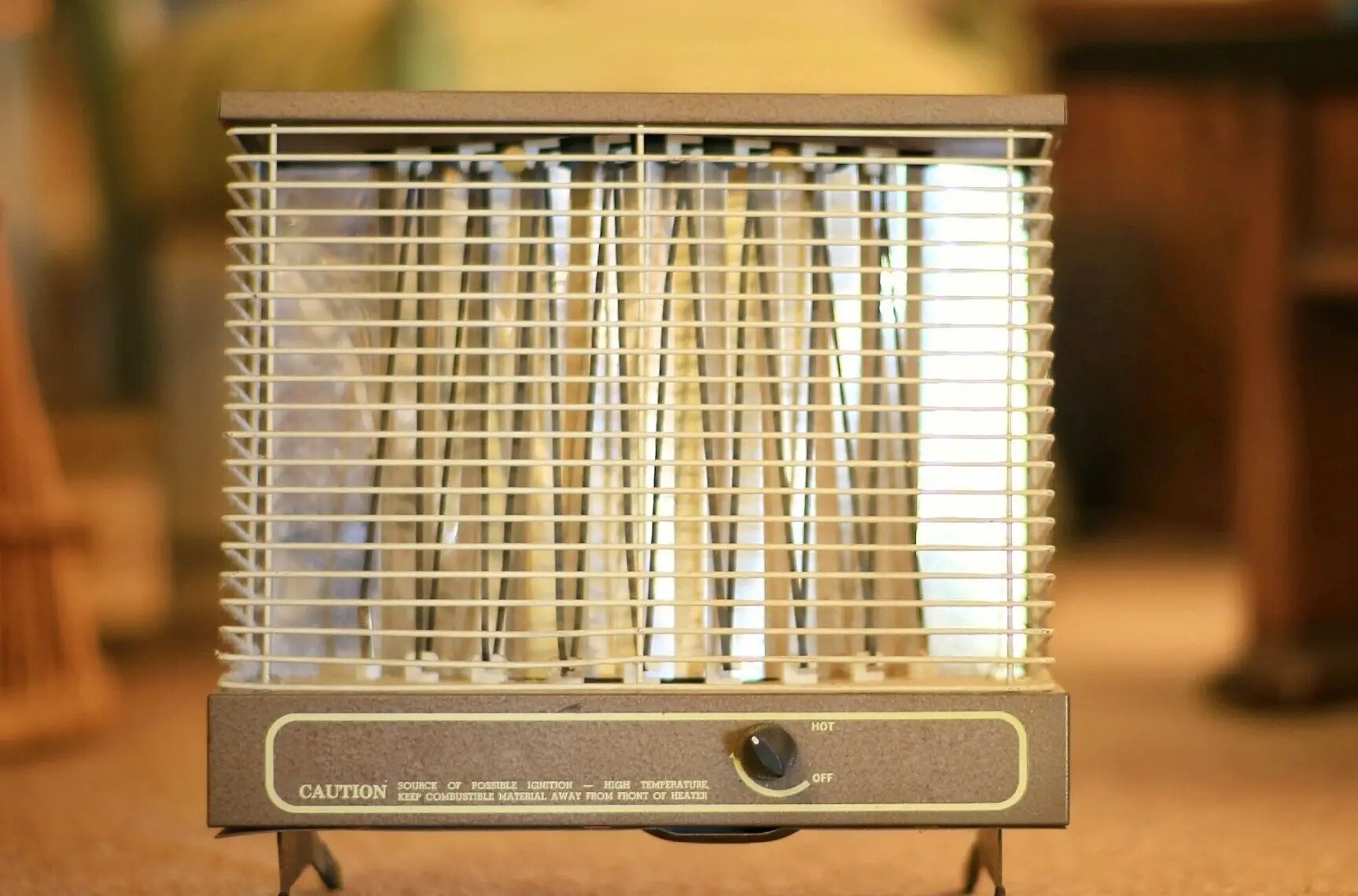
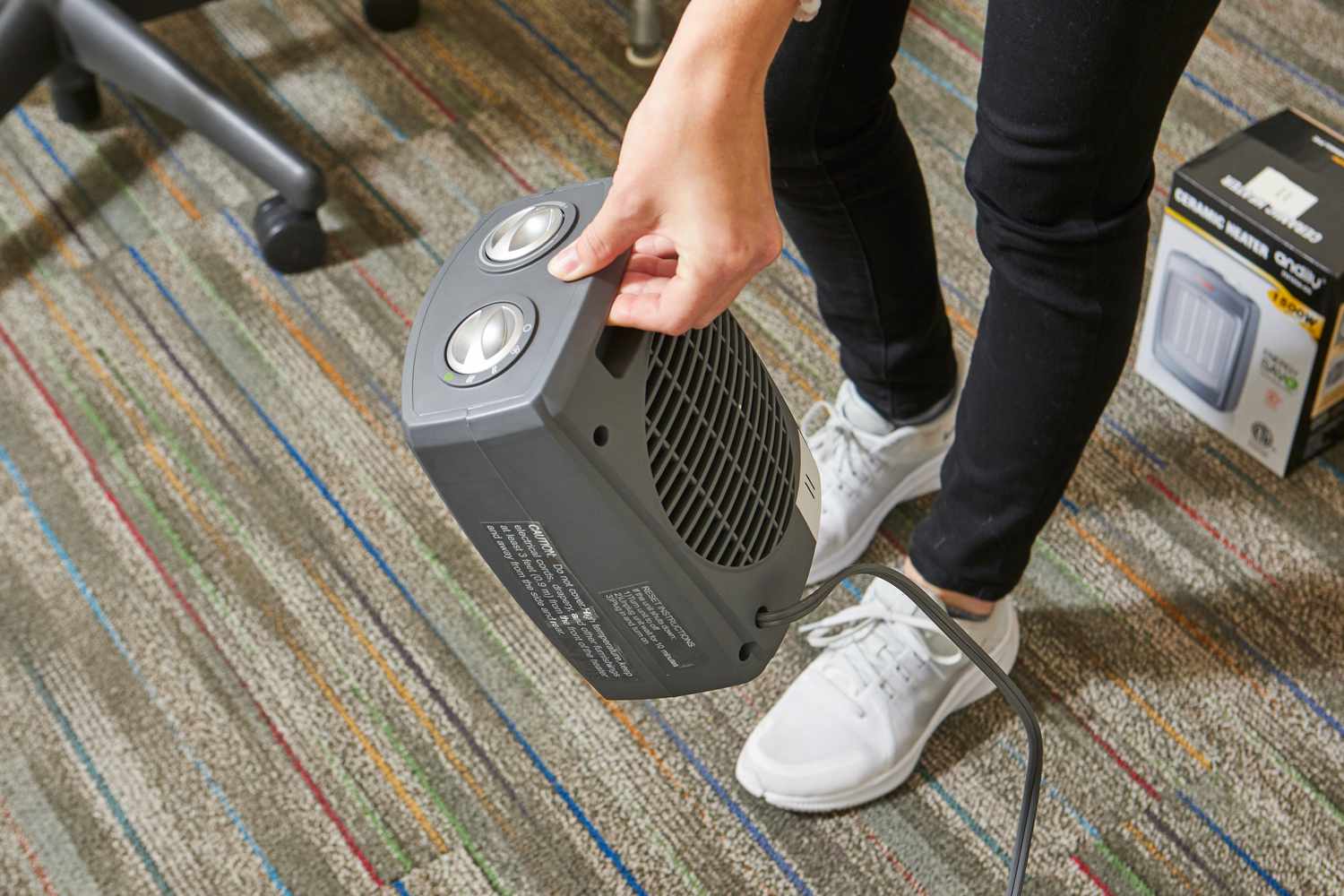
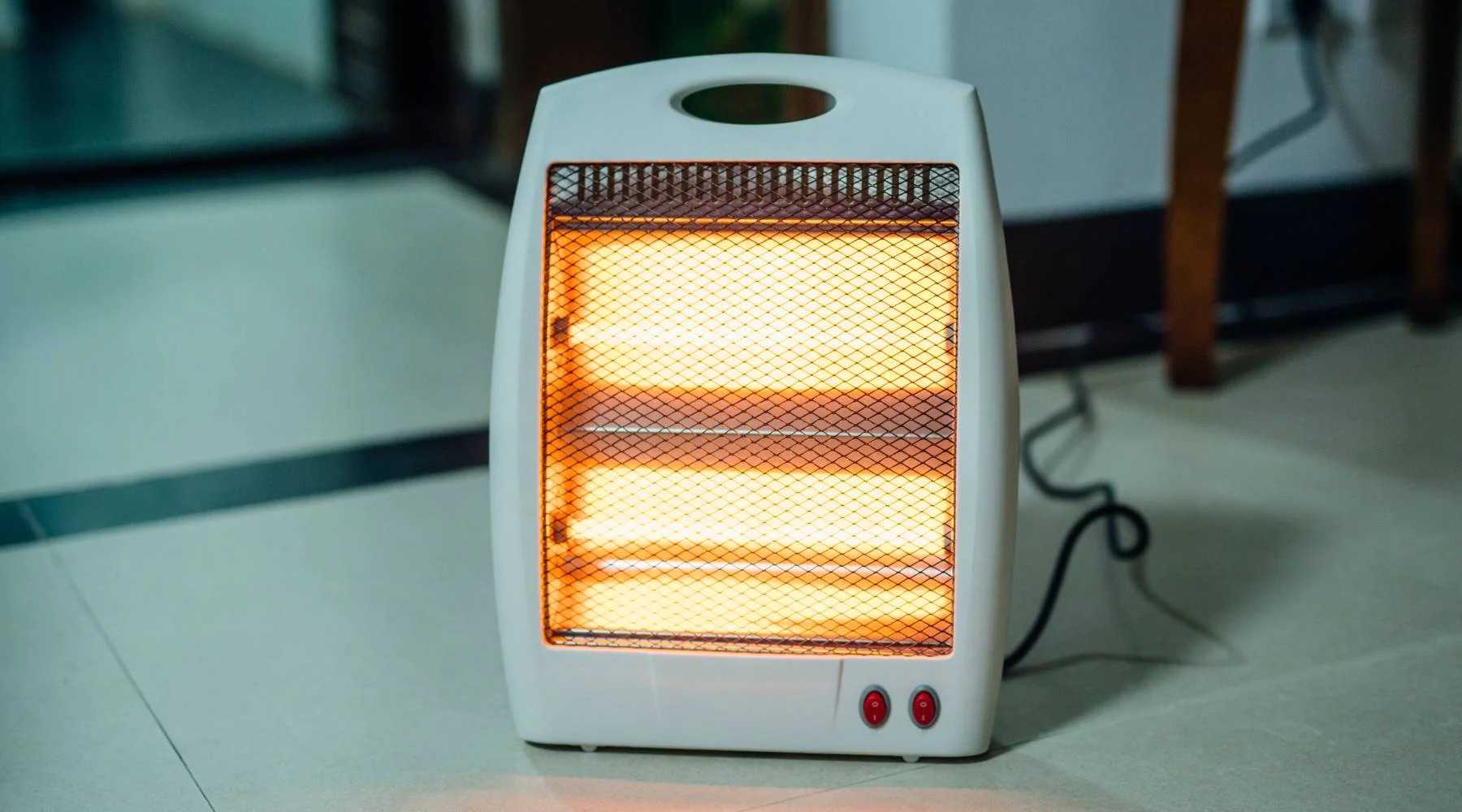
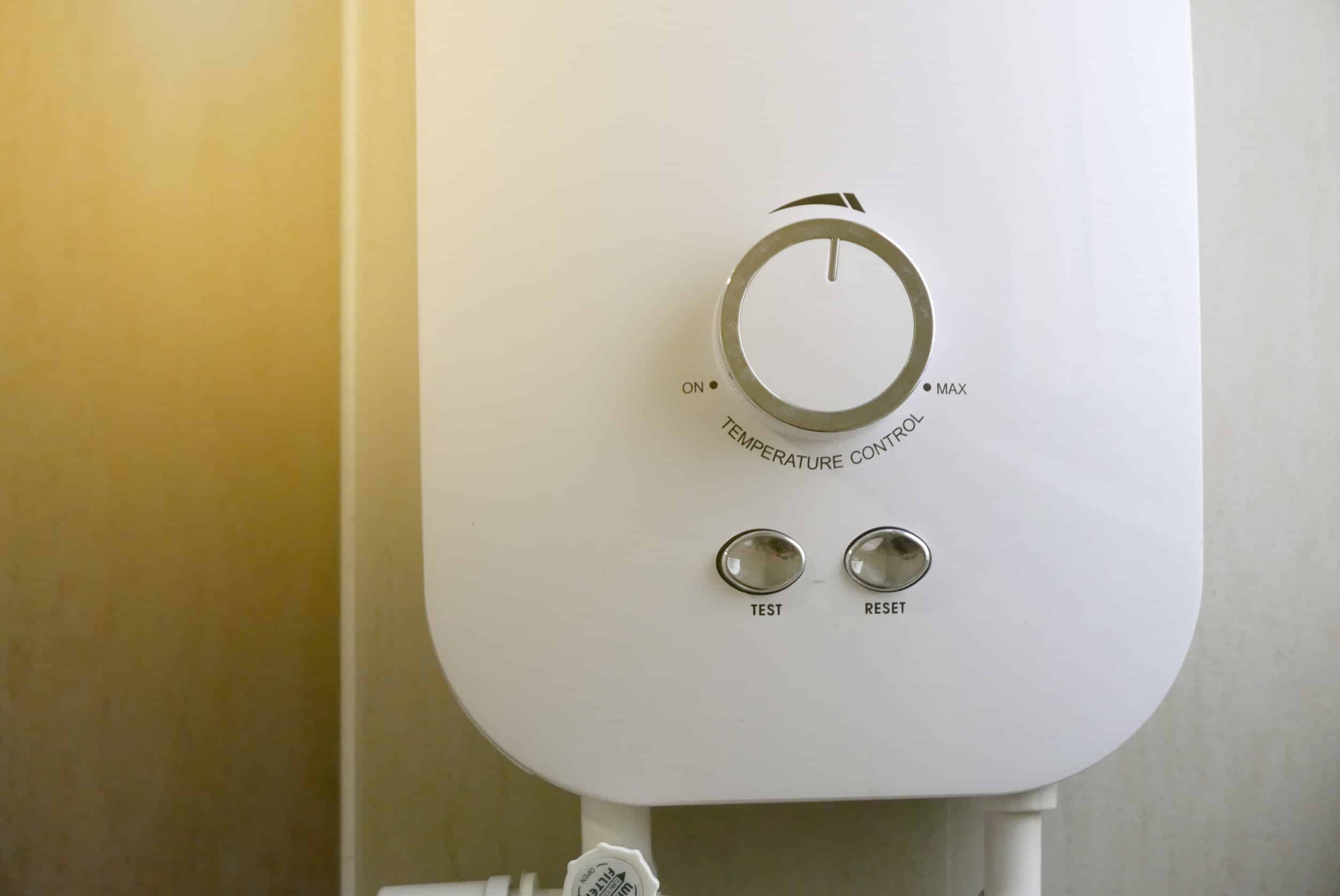

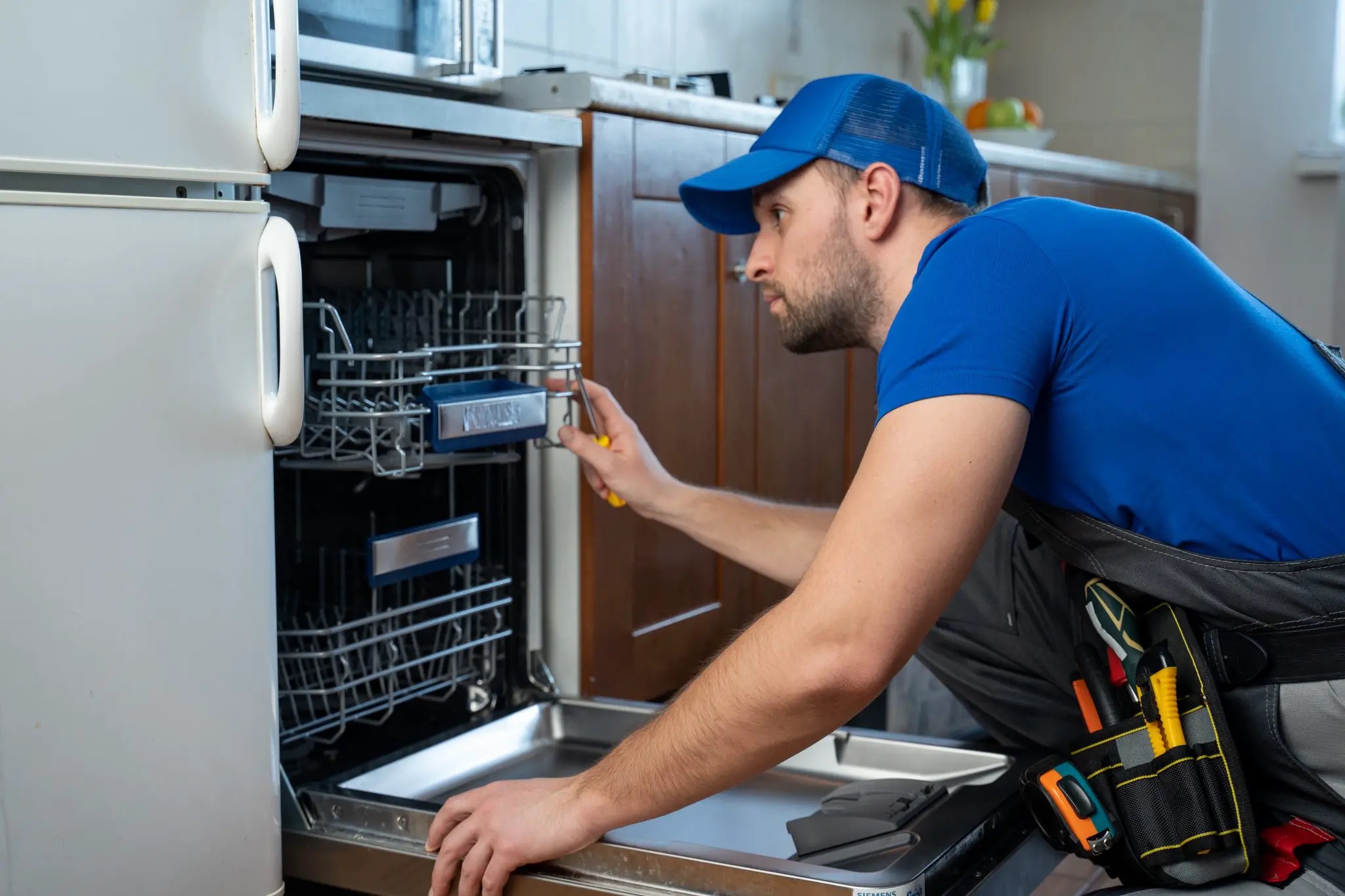
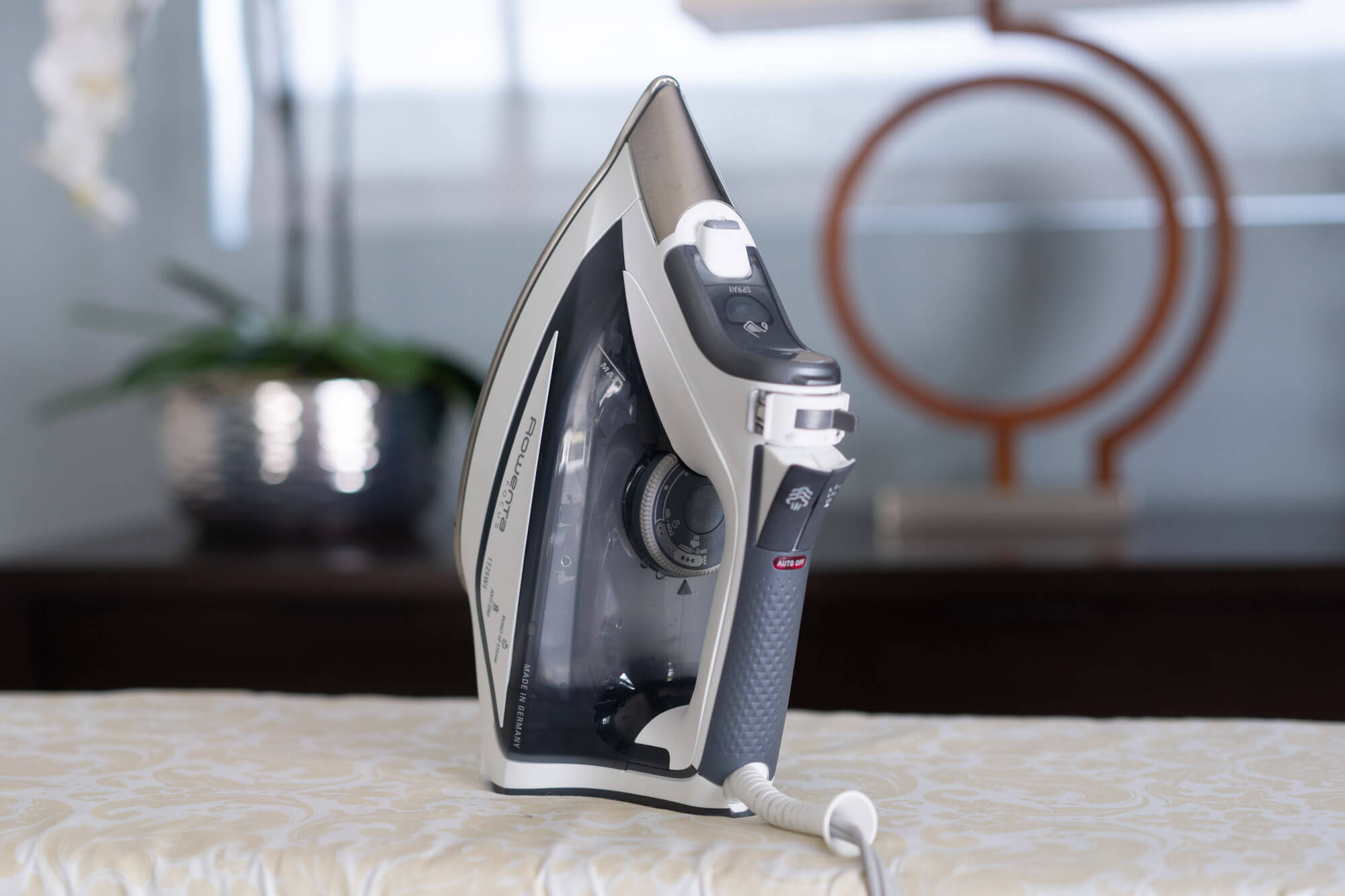
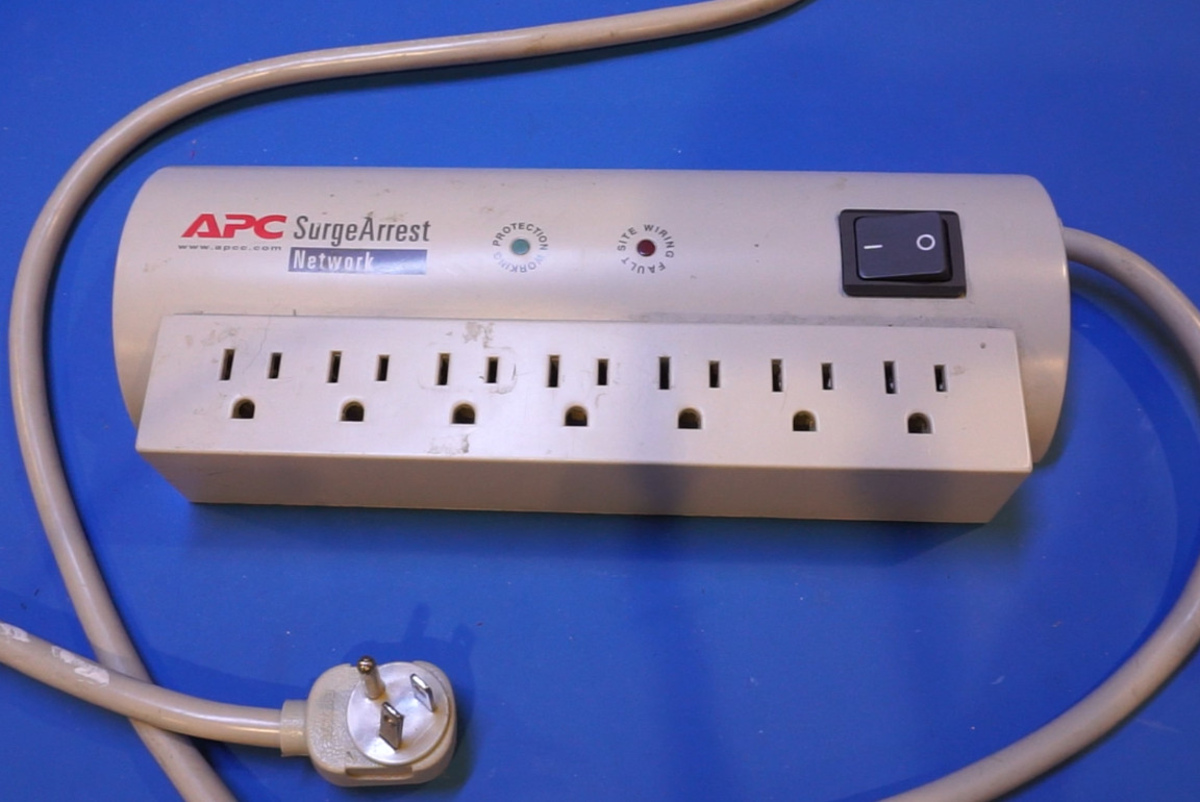
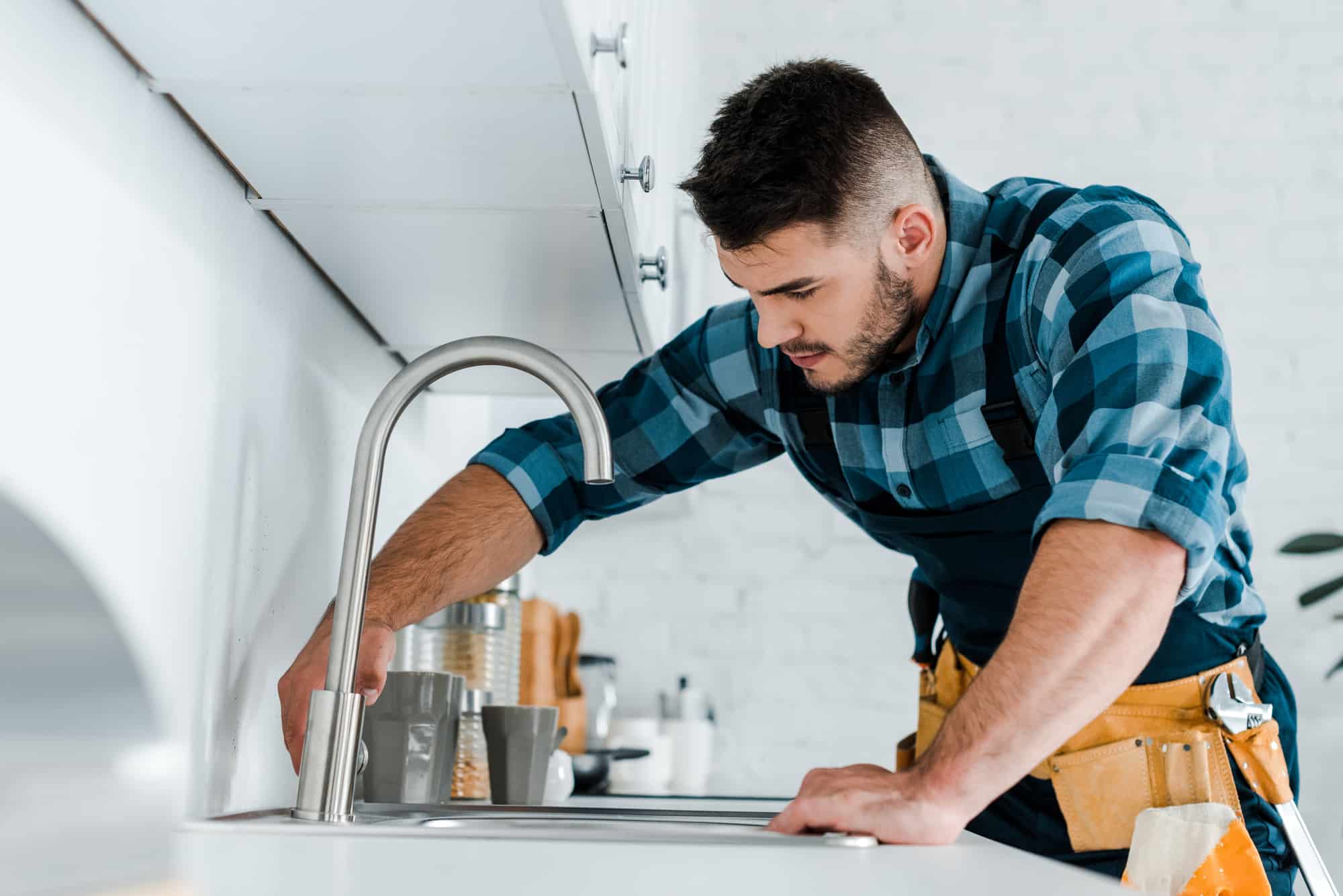
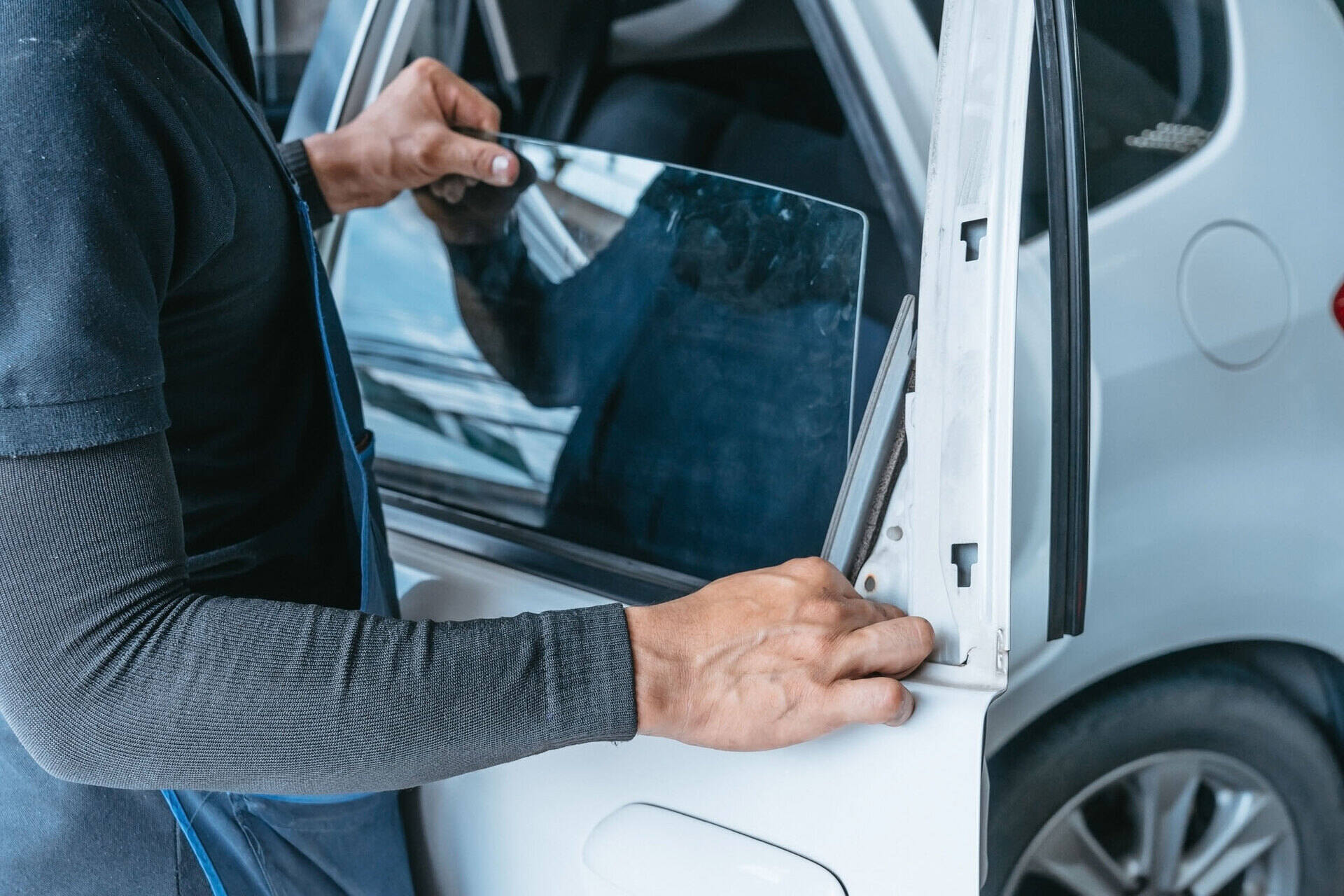
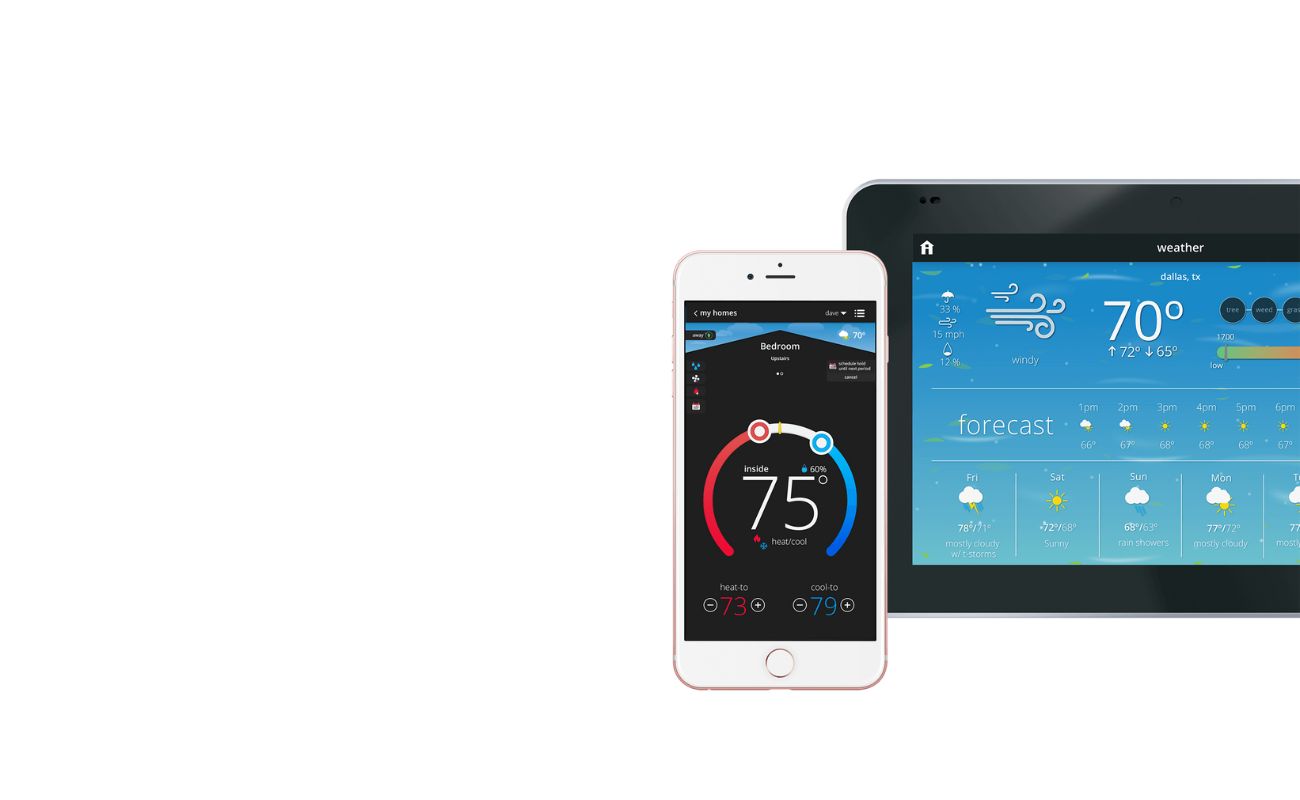
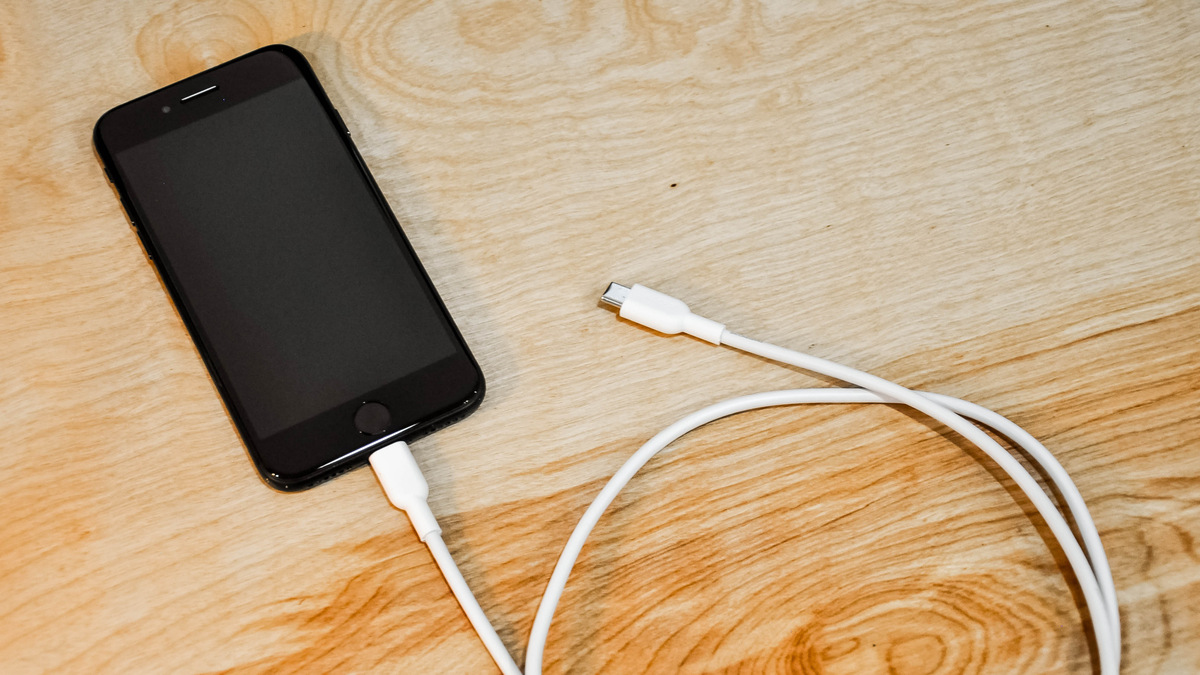


0 thoughts on “Why Is My Space Heater Not Working?”